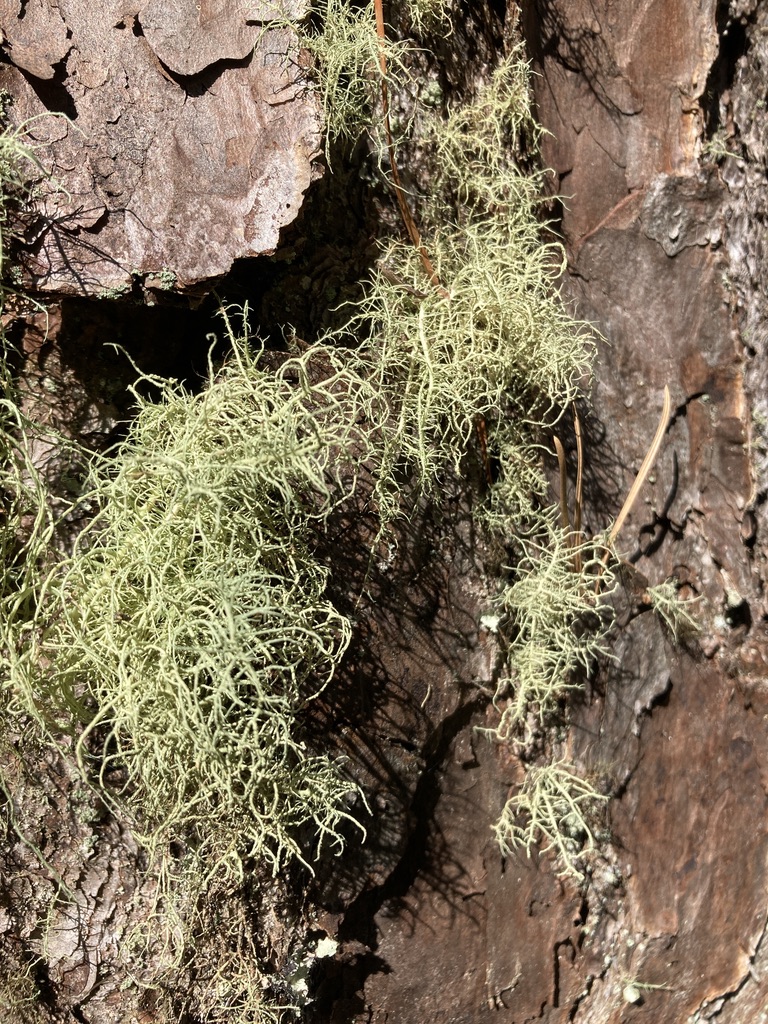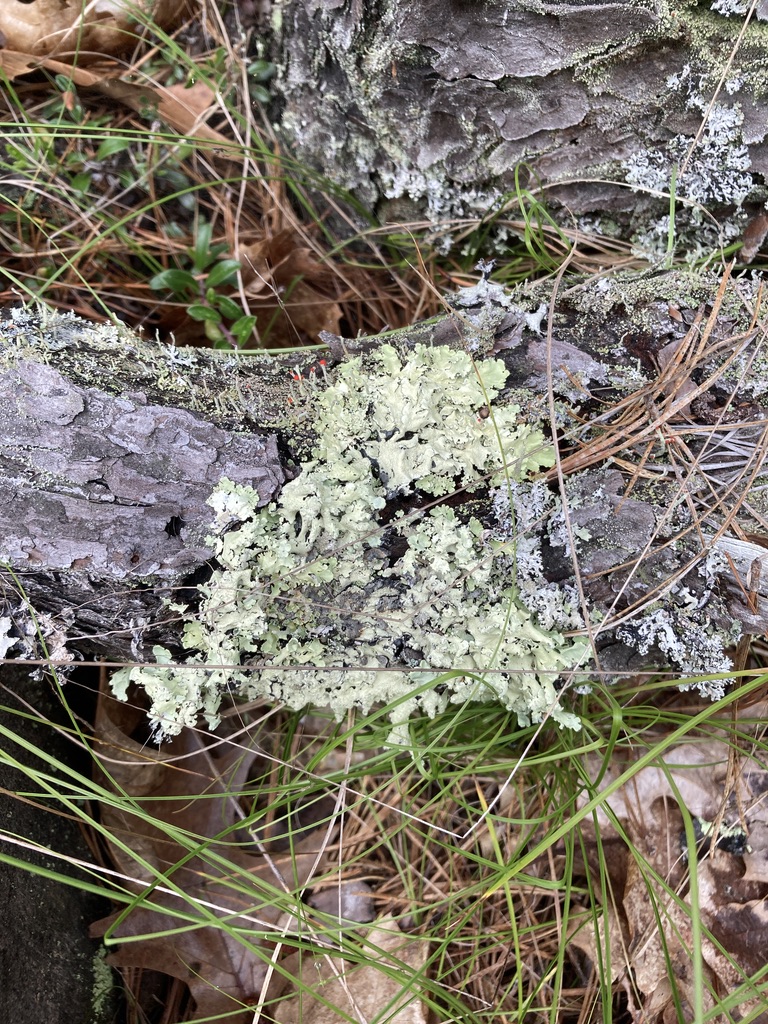[Cross-post from Wellfleet Conservation Trust]
Many of us grew up playing the Animal, Vegetable, Mineral? game. You had to guess an object, knowing only which of those three categories it fell into. Animal and vegetable (plant) were supposed to cover all living things.

You can play that game on one of the WCT trails, for example, the photos shown here are from the Fox Island Marsh and Pilgrim Spring Woodlands Conservation Area, which is the site scheduled for the WCT Annual Walk on September 16, 2023.
But what if you came across some living thing that was neither animal nor vegetable? What if the thing you found looked like a plant, but wasn’t; looked like a single organism, but wasn’t; could appear as a mineral of some sort, but was full of life?

You could be looking at one of the most interesting phenomena on Cape Cod, but one that is often overlooked, even by those otherwise expert about birds, trees, wildflowers, turtles, mammals, mollusks, insects, and other fascinating flora and fauna.
That strange thing you observe might be a lichen, a composite organism made up of algae or cyanobacteria living among multiple fungi species. The fungi are in a kingdom separate from either plants or animals. That kingdom includes yeasts, molds, and mushrooms. Like animals, they cannot photosynthesize, but acquire food directly or indirectly from plants.

Within a lichen, the fungi provide structure and attachment to a tree, rock, or split rail fence. The algae contain the green pigment, chlorophyll, which gives the green color to the lichen and captures energy from the sun to support. photosynthesis.
One common type you may find is foliose, or leaf-like lichen. Another is fruiticose, reminiscent of tiny fruit trees. There are also crustose, which attach to rocks so tightly that they can’t be removed without destroying them or the rock. They seem like the Mineral in the old guessing game. Some common crustose lichen are bright orange.

Lichens are gray when the algae components are dead or dormant, but they may turn bright green after a rain. The fungus (which surrounds the algae) soaks up water, causing its to become more transparent, and revealing the green pigment of the algae.
See what you can find the next time you venture onto a WCT trail.
